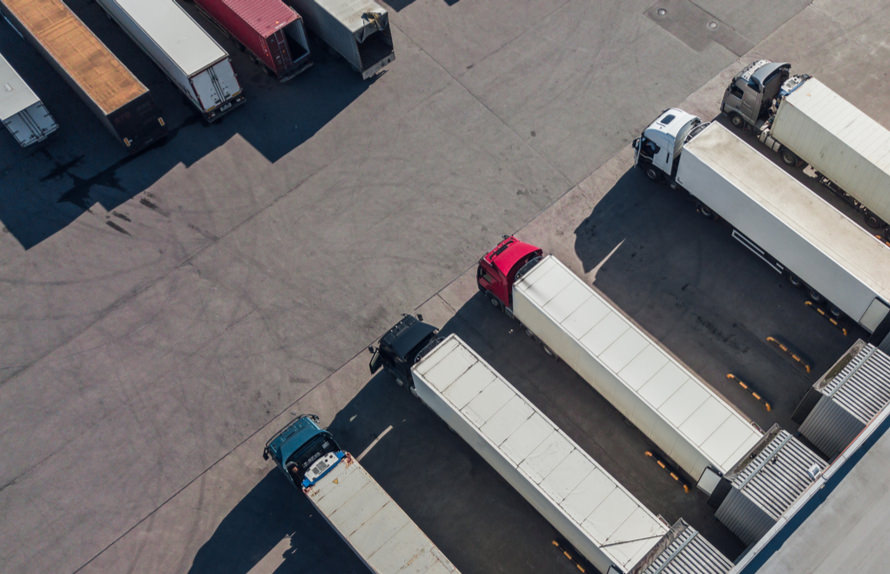
Cold chain logistics plays a critical role in preserving the integrity of perishable goods across the global supply chain. This specialized system ensures that temperature-sensitive products-from fresh produce to life-saving vaccines-maintain their quality and safety from production to consumption.
By integrating advanced technology, precise temperature control, and rigorous compliance standards, cold chain logistics bridges the gap between producers and consumers while minimizing waste and maximizing public health outcomes.
What is Cold Chain Logistics?
Cold chain logistics refers to the coordinated management of temperature-controlled storage, transportation, and handling for perishable goods. Unlike traditional supply chains, this process demands strict adherence to specific temperature ranges to prevent spoilage, degradation, or loss of functionality in products such as pharmaceuticals, dairy items, and fresh produce. For instance, vaccines often require ultra-low temperatures to remain effective, while seafood must stay refrigerated to avoid bacterial growth.
The complexity of cold chain logistics increases with the distance and number of touchpoints in the supply chain. International shipments, for example, may involve multiple refrigerated trucks, cold storage facilities, and reefer containers (temperature-controlled shipping units) to maintain product quality across borders.
Key Components of Cold Chain Logistics
Temperature-Controlled Storage and Transportation
Cold storage facilities and refrigerated transport form the backbone of cold chain logistics. Warehouses equipped with blast freezers, air-conditioned zones, and multi-temperature compartments ensure that goods like frozen meals or temperature-sensitive pharmaceuticals remain stable before distribution. During transit, reefer trucks and containers use built-in refrigeration units to maintain the required temperature, even in extreme climates.
Advanced Monitoring Systems
Real-time temperature monitoring is essential for detecting deviations that could compromise product integrity. Sensors and IoT-enabled devices track conditions throughout the journey, sending instant alerts if humidity levels rise or temperatures fall outside predefined ranges. Companies use these tools to prevent spoilage and ensure compliance with FDA regulations.
Packaging Innovations
Specialized packaging, such as insulated containers with gel packs or dry ice, provides an additional layer of protection against temperature fluctuations. These solutions are particularly vital for last-mile delivery, where goods are most vulnerable to environmental exposure.

Industries Dependent on Cold Chain Logistics
Food Industry
From farm to table, the food industry relies on cold chain logistics to preserve the shelf life of perishable food items like meat, dairy products, and fresh produce. Effective cold chain management reduces the billions in annual food losses attributed to spoilage during transit.
Healthcare and Pharmaceuticals
The pharmaceutical industry requires precision in handling vaccines, biologics, and other temperature-sensitive medicines. A single deviation in the cold chain process can render a shipment unusable, posing risks to patient health and incurring significant financial losses. During the COVID-19 pandemic, the logistics industry faced unprecedented challenges in distributing vaccines at ultra-low temperatures, highlighting the critical role of reliable cold chain solutions.
Challenges in Cold Chain Management
- Temperature Fluctuations: Even brief exposure to incorrect temperatures during loading or transit can damage goods. For example, frozen products may thaw and refreeze, altering their texture and safety.
- Regulatory Compliance: Stringent regulations, such as the FDA’s Food Safety Modernization Act, require shippers and logistics providers to maintain detailed records of temperature conditions. Non-compliance can result in fines, recalls, or reputational damage.
- Infrastructure Gaps: In developing regions, inadequate cold storage facilities and unreliable power grids often lead to disruptions. This limits access to perishable goods and vaccines, exacerbating public health challenges.
Technological Innovations Driving Efficiency
Artificial intelligence (AI) and data analytics are transforming cold chain logistics by enabling predictive maintenance and route optimization. For instance, AI algorithms analyze historical data to forecast potential equipment failures, allowing providers to address issues before they cause delays.
Blockchain technology is also gaining traction for enhancing transparency. By creating immutable records of temperature data and handling procedures, stakeholders can verify compliance and trace the origin of deviations.
Sustainability in Cold Chain Logistics
The logistics industry is increasingly adopting eco-friendly practices, such as energy-efficient refrigeration units and biodegradable packaging. Companies are investing in solar-powered cold storage facilities and optimizing delivery routes to reduce carbon emissions. Additionally, reusable gel packs and phase-change materials are replacing single-use plastics, aligning with global sustainability goals.
The Future of Cold Chain Logistics
As global trade expands and consumer demand for fresh, high-quality products grows, cold chain logistics will continue to evolve. Key trends include:
- Hyperlocal cold storage: Smaller, decentralized warehouses near urban centers to accelerate last-mile delivery.
- Autonomous refrigerated vehicles: Drones and self-driving trucks to reduce human error in temperature-sensitive transport.
- Smart packaging: Embedded sensors that adjust insulation based on external conditions.
Bottom Line
Cold chain logistics is indispensable for maintaining the safety and efficacy of perishable goods in our interconnected world. By leveraging cutting-edge technology, adhering to rigorous standards, and prioritizing sustainability, providers can meet the demands of industries ranging from healthcare to agriculture.
As innovations continue to emerge, the cold chain process will become more resilient, ensuring that temperature-sensitive products reach consumers in optimal condition-every time.








